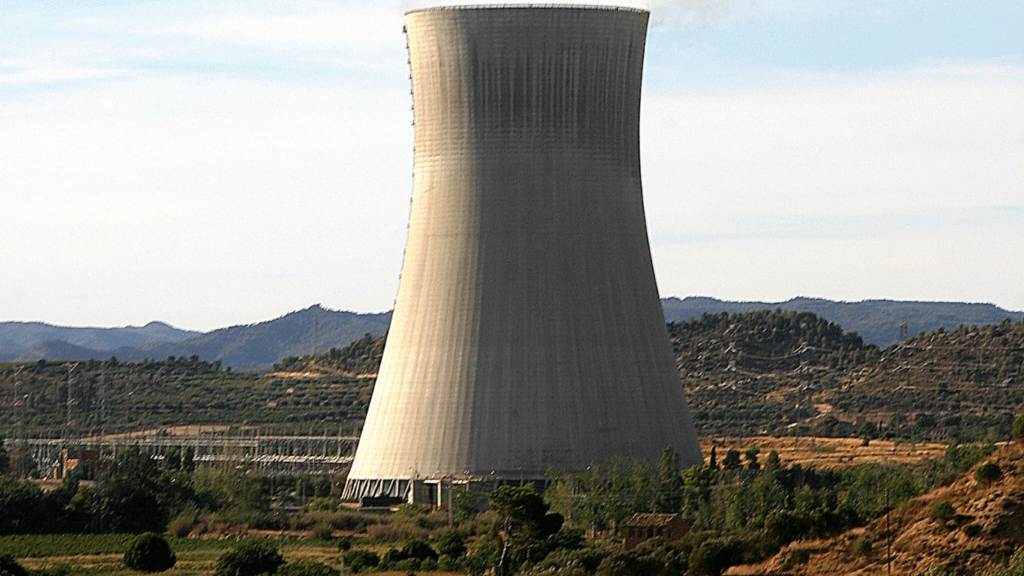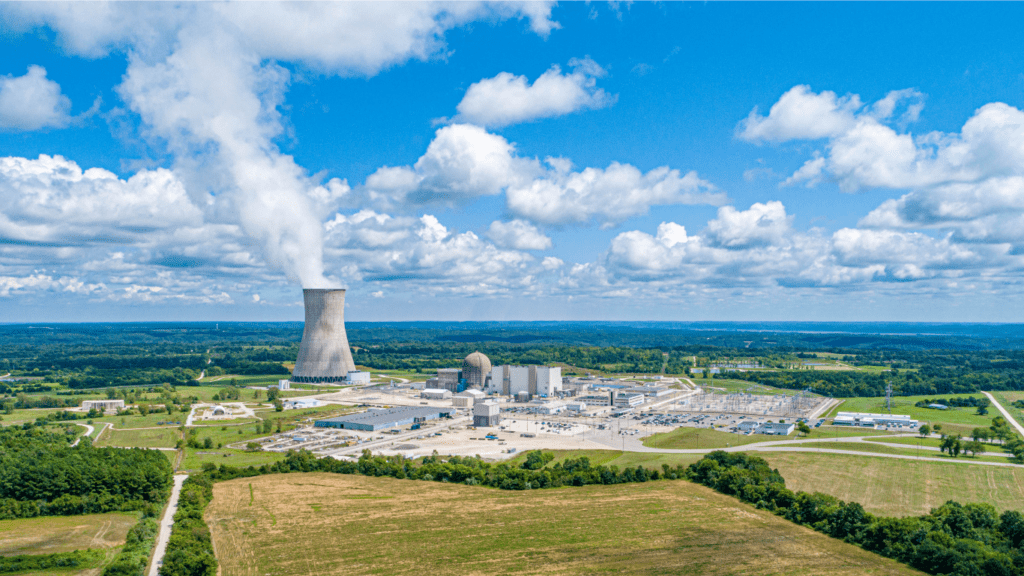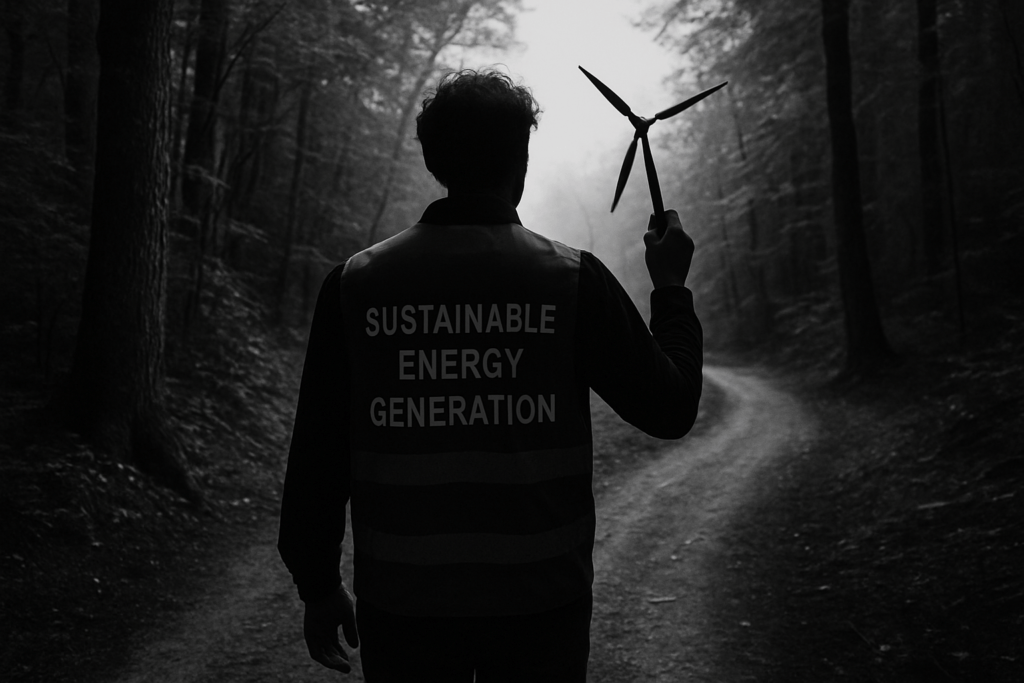Overview of Hydropower in Agriculture
Hydropower in agriculture serves as a renewable energy source, harnessing the power of flowing water to support various farming activities. Farmers use it to generate electricity for irrigation, machinery operations, and even heating greenhouses, increasing efficiency and sustainability.
For example, micro-hydropower systems can supply energy to remote farms, reducing dependence on fossil fuels and lowering energy costs. Integrated systems, which use existing water bodies like rivers and streams, further enhance the feasibility of hydropower in rural areas.
Benefits include reduced carbon emissions, cost savings, and energy independence. Utilizing naturally occurring water flow mitigates the need for external energy sources, providing a continuous, reliable power supply. Hydropower systems typically have low operational costs after initial setup, offering long-term economic advantages.
Key advantages of hydropower in agriculture:
- Carbon Emission Reduction: Produces clean energy, decreasing reliance on fossil fuels.
- Cost Efficiency: Lowers energy costs with long-lasting systems.
- Energy Reliability: Ensures a consistent power supply using natural water sources.
Together, these benefits make hydropower a pivotal element in sustainable farming practices, driving forward environmentally friendly agriculture.
Advantages of Hydropower for Farming
Hydropower offers numerous benefits for sustainable farming. Harnessing energy from water flows allows farmers to access a renewable, cost-effective power source that reduces their environmental impact.
Renewable Energy Source
Hydropower’s main advantage is its status as a renewable energy source. Unlike fossil fuels, it relies on the natural water cycle, making it a consistent and sustainable option for generating power.
Farmers can utilize rivers and streams to create dependable energy systems. This renewable nature ensures continuous energy production without depleting resources, unlike non-renewable energy sources. For instance, micro-hydropower systems on small farms can significantly reduce dependency on grid electricity.
Cost-Effective Power Supply
Hydropower provides a cost-effective power supply for farming operations. Initial setup costs might be high, but the long-term savings in energy expenditures far outweigh these costs.
Unlike fluctuating fuel prices, water flow remains relatively constant and free. This stability helps farmers manage their budgets more effectively. For example, powering irrigation pumps and machinery with hydropower cuts down on operational costs, making farming more economically viable.
Reduced Carbon Footprint
Utilizing hydropower in farming significantly reduces the carbon footprint. By replacing fossil fuel-based energy sources, farms drastically lower their greenhouse gas emissions. This reduction supports global efforts to combat climate change.
Hydropower creates clean energy with minimal pollution, aligning with sustainable agricultural practices. Remote farms that install micro-hydropower systems benefit from decreased reliance on diesel generators, resulting in a cleaner environment.
Implementing Hydropower Systems on Farms

Implementing hydropower on farms transforms agricultural operations into more sustainable ones. Farmers can choose between small-scale and large-scale systems based on farm size and water resource availability.
Small-Scale Hydropower
Small-scale hydropower systems, or micro-hydropower, suit farms with limited water resources. These systems generate power up to 100 kW, catering to various needs like irrigation, machinery, and greenhouse heating.
Installation costs are relatively low, making them accessible for small farms. Maintenance requirements are minimal, ensuring reliability. An example is a small turbine installed in a farm creek to power irrigation pumps.
Large-Scale Hydropower
Large-scale hydropower systems are ideal for farms with abundant water sources. These systems produce over 100 kW, supporting extensive agricultural operations. They can power entire farm operations, including multiple irrigation systems, large machinery, and even providing electricity to nearby communities.
Initial installation might be high, but long-term benefits include significant reductions in energy costs and carbon emissions. An example is a dam constructed on a large river to generate power for an entire agricultural region.
Farmers can make a sustainable choice between these systems to harness water resources effectively.
Case Studies of Successful Hydropower Farming Projects
Several farms worldwide have successfully integrated hydropower systems, showcasing the potential for sustainable farming practices.
Example 1: Efficient Irrigation
A farm in Oregon implemented a micro-hydropower system to enhance its irrigation efficiency.
The system harnessed water from a nearby stream, providing a consistent electricity supply without reliance on fossil fuels. Water from the stream was channeled through turbines, generating enough power to operate irrigation pumps.
This system not only reduced energy costs but also ensured a reliable water supply during dry seasons. The farm reported a 30% reduction in operational costs and a significant decrease in carbon emissions, supporting both economic and environmental sustainability.
Example 2: Energy for Greenhouses
In New Zealand, a large-scale farm utilized hydropower to maintain optimal greenhouse conditions. The farm constructed a small dam and hydroelectric power station on its property. Water from the dam powered turbines that generated electricity for heating, cooling, and lighting the greenhouses.
The consistent power supply allowed the farm to extend growing seasons and boost crop yields. Additionally, the excess electricity produced by the system was sold to the local grid, providing an additional revenue stream.
This case highlighted how hydropower could enhance productivity and profitability while promoting eco-friendly practices.
Challenges and Considerations
Integrating hydropower into sustainable farming presents unique challenges. Understanding the environmental impact and initial investment cost is crucial.
Environmental Impact
Hydropower systems can alter local ecosystems. Changing water flow affects aquatic habitats and can disrupt native species. For example, introducing a dam may block fish migration paths, impacting breeding cycles.
These changes require careful planning to minimize ecological disruption. Considering the long-term environmental impact ensures that hydropower remains a sustainable option.
Initial Investment Cost
Installing hydropower systems involves significant upfront costs. From purchasing turbines to constructing infrastructure, the expenses add up.
For instance, micro-hydropower systems cost anywhere from $1,000 to $20,000, depending on size and complexity. Large-scale projects are even more expensive, often exceeding millions.
While the long-term savings and revenue can offset these costs, availability of financing options influences decision-making.
Understanding these challenges helps create effective strategies for implementing hydropower in sustainable farming.
Future of Hydropower in Sustainable Farming
Hydropower represents a promising aspect of sustainable farming’s future. Integrating advancements and supportive policies can amplify its impact.
Technological Advances
Modern technology greatly enhances hydropower’s efficiency in farming. Advanced turbines, sensors, and automation improve energy conversion, making hydropower more effective.
For example, innovations in micro-hydropower systems allow more farms with limited water sources to adopt this green energy. Researchers are developing eco-friendly turbines that cause minimal disruption to aquatic life, addressing environmental concerns.
By incorporating smart grids, farms can also optimize energy use, cost-effectively syncing power generation with peak demands.
Policy and Incentives
Supportive policies are crucial for hydropower adoption in agriculture. Governments offer incentives such as:
- tax credits
- grants
- low-interest loans
to reduce installation costs.
For instance, the USDA provides grants for renewable energy projects, including hydropower, to encourage sustainable practices.
Regulatory frameworks protecting water rights and promoting clean energy further bolster hydropower’s role in farming. Policies that streamline permitting processes can also lower barriers for farmers looking to invest in hydropower systems.
Hydropower stands poised to significantly contribute to sustainable farming. With cutting-edge technology and proper incentives, its integration into agriculture can become more widespread and effective.



